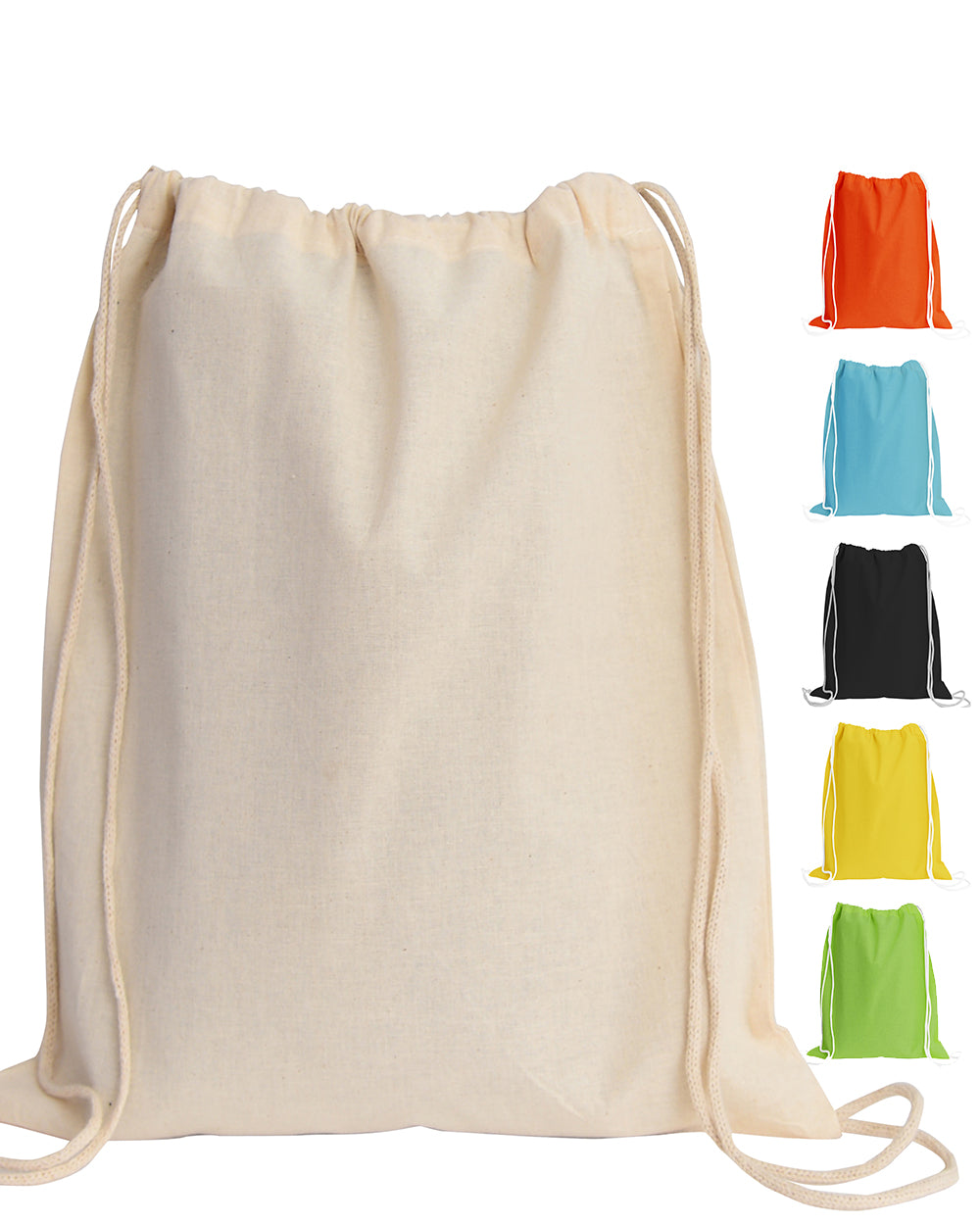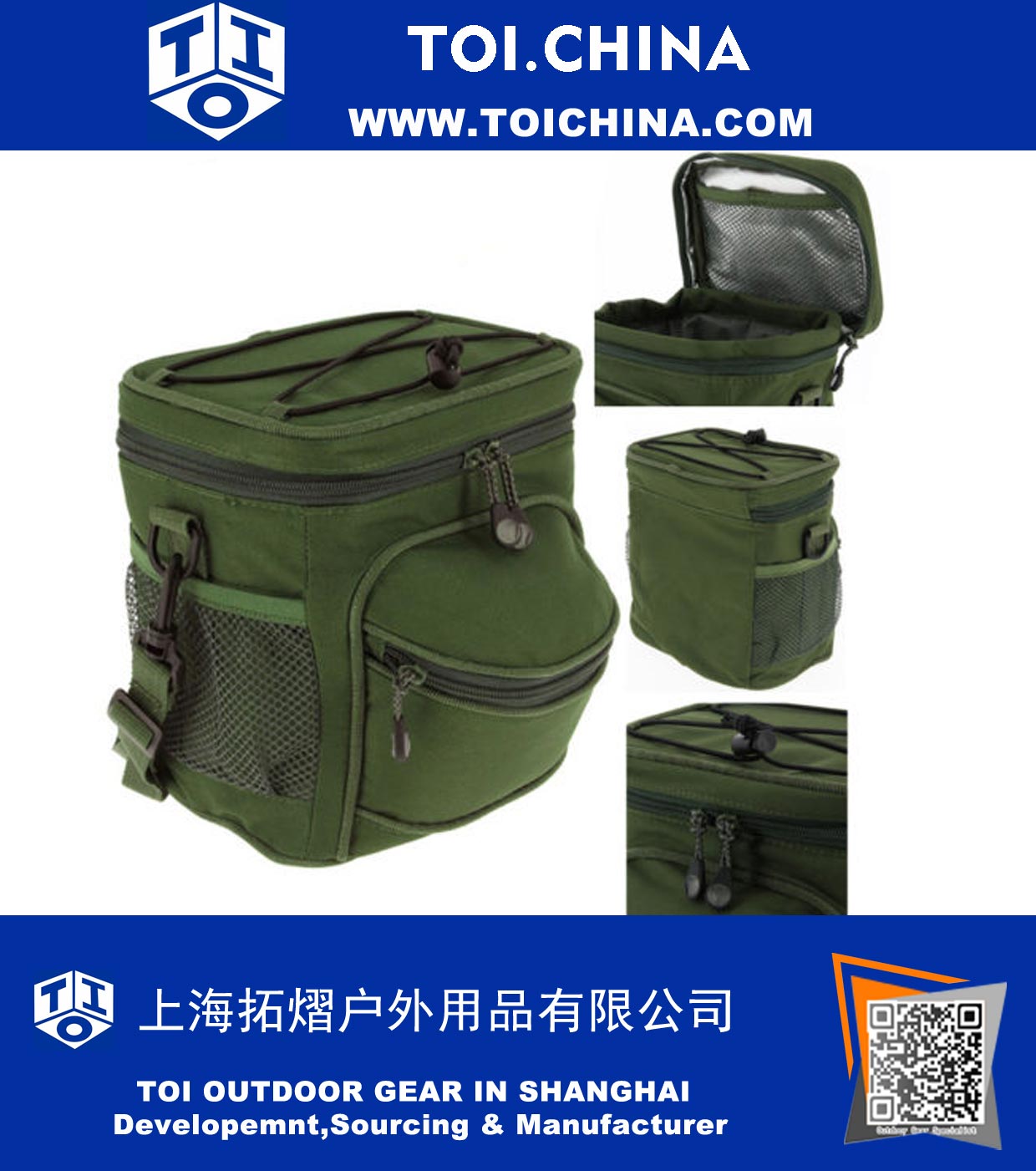In 2025, travelers want sustainable, durable, and tech-integrated bags. Key trends show a preference for versatility, timeless style, and smart organization.
Table of Contents
- The Unwavering Demand for Durability and Timeless Design
- The Rise of Sustainable and Ethical Choices
- Smart Technology Integration: Convenience Versus Complexity
- Versatility and Modularity for the Modern Journey
- Aesthetics and Personalization: The Bag as a Statement
The Unwavering Demand for Durability and Timeless Design
The modern traveler is increasingly moving away from the “fast fashion” mindset that has dominated consumer goods for years. Instead of purchasing low-cost bags that need frequent replacement, there is a significant shift towards investing in high-quality carriers built to last a lifetime. This change is driven by a desire for reliability and value. Travelers in 2025 want assurance that their bag can withstand the rigors of transit—from baggage carousels to overhead compartments—without failing. This focus on longevity means consumers are scrutinizing materials, construction, and brand reputation more than ever before.
A durable bag becomes a trusted companion on a journey, not just a disposable container. This sentiment is fueling a resurgence in appreciation for items that are not only physically robust but also stylistically enduring. A bag with a timeless design does not become obsolete with the changing seasons of trends. It maintains its relevance and elegance, making it a smarter long-term investment. The goal is to purchase one exceptional bag that serves for decades, rather than a series of mediocre ones that end up in a landfill.
The Enduring Appeal of Premium Materials
When it comes to durability, material choice is paramount. While advanced synthetic fabrics have their place, discerning travelers are returning to classic, proven materials known for their strength and graceful aging. Full-grain leather stands at the forefront of this trend. Unlike corrected-grain or bonded leather, full-grain leather uses the most durable part of the hide, retaining natural imperfections and immense strength. It is a material that tells a story, developing a rich patina over time—a unique sheen and character that reflects its journeys.
For instance, a meticulously crafted duffle bag made from full-grain leather, like those from Beldtura Leather, represents the pinnacle of this philosophy. It’s not just a bag; it’s a piece of heritage in the making. Consumers are learning to identify quality indicators, such as the weight and feel of the leather, its characteristic aroma, and its ability to resist tearing and abrasion. This educated approach ensures their investment is in a product that will not only last but improve with age, becoming a deeply personal item.
Craftsmanship as a Mark of Quality
Beyond the material itself, the construction of the bag is a critical factor. Travelers are looking past flashy logos to inspect the finer details that signify superior craftsmanship. This includes reinforced stitching, especially at stress points like handles and shoulder strap anchors. They are checking for high-quality, solid metal hardware—zippers that glide smoothly, clasps that lock securely, and rivets that hold fast. A well-made bag feels solid and dependable in hand.
The difference between a mass-produced item and a skillfully crafted one is evident in its longevity and performance. Brands that emphasize traditional construction techniques and pay close attention to detail are gaining favor. This focus on quality build ensures the bag can handle heavy loads and frequent use without structural failure, providing the peace of mind that is essential for any traveler.
The Rise of Sustainable and Ethical Choices
Environmental and social consciousness is no longer a niche concern; it is a primary driver of purchasing decisions for a growing number of travelers. The impact of production on the planet is under intense scrutiny, and consumers in 2025 are demanding transparency from brands. They want to know where their bag came from, what it is made of, and who made it. This has pushed the industry toward more sustainable practices, from sourcing materials to manufacturing processes.
The concept of sustainability in travel goods has two main facets. The first involves the use of eco-friendly and recycled materials. The second, and arguably more impactful approach, is the philosophy of “buy once, buy well.” A bag that lasts for 20 years creates a significantly smaller environmental footprint than one that must be replaced every two years. This aligns perfectly with the trend toward durability, framing a high-quality purchase as the ultimate sustainable choice.
What Do Eco-Conscious Materials Look Like?
The market is seeing an influx of innovative, sustainable materials. These include high-performance fabrics made from recycled plastic bottles (rPET), durable nylons created from reclaimed fishing nets, and even plant-based “leathers” derived from sources like mushrooms or pineapple leaves. These materials appeal to the eco-conscious traveler who wants to minimize their direct environmental impact. Brands are increasingly highlighting these materials and their certifications to attract this demographic.
Beyond Materials: The Importance of Ethical Production
Sustainability extends beyond raw materials to the human element. Travelers are asking critical questions: Are the workers who made this bag paid a fair wage? Are their working conditions safe? Brands that can provide clear, honest answers about their supply chain and labor practices are building powerful trust with their customers. A commitment to ethical production is becoming a non-negotiable standard for many, who are willing to pay a premium for a product they know was created responsibly.
Smart Technology Integration: Convenience Versus Complexity
The fusion of technology and travel goods continues to evolve, offering new levels of convenience and security. Smart luggage, once a novelty, is now a defined market segment with features designed to solve common travel pain points. For many, the ability to track their bag’s location or charge their devices on the go is a game-changer. These innovations cater to the hyper-connected modern traveler who relies on technology for navigation, communication, and entertainment.
However, this trend is met with a degree of caution. Increased complexity can also mean more points of failure. Furthermore, airline regulations, particularly concerning lithium-ion batteries, have tempered the initial “smart luggage” boom. The traveler of 2025 seeks a balance: they want technology that is genuinely useful and seamlessly integrated, without adding unnecessary bulk, weight, or regulatory headaches.
What Smart Features Are Gaining Traction?
Certain smart features have proven their value and are becoming more mainstream. These are often subtle integrations rather than overt technological displays. The most sought-after features are those that offer practical, real-world benefits during a trip.
| Feature | Primary Benefit | Considerations |
|---|---|---|
| GPS/Bluetooth Tracking | Peace of mind in knowing the bag’s location, reducing the stress of lost luggage. | Battery life; some trackers require a subscription. |
| Built-in USB Charging Ports | Conveniently charge phones and other devices without searching for an outlet in a crowded airport. | Power bank is usually sold separately and must be removable to comply with airline rules. |
| Integrated Digital Scale | Avoid overweight baggage fees by checking the bag’s weight before arriving at the airport. | Adds slight weight and complexity to the bag’s handle. |
Navigating Airline Restrictions and Practicality
The primary hurdle for smart luggage remains airline regulations. Most airlines require that lithium-ion batteries be removed from checked baggage. This has led to designs with easily ejectable power banks. For many travelers, the hassle of removing and keeping track of a separate battery pack negates some of the convenience. As a result, there is a strong market for both tech-integrated bags and completely “dumb” bags, with many consumers opting for the latter and choosing to carry a separate portable power bank.
Versatility and Modularity for the Modern Journey
Travel is no longer a single-purpose activity. A single trip may blend business meetings with leisure excursions, a phenomenon often called “bleisure.” Travelers demand luggage that can adapt to these varied contexts. A bag must look appropriate in a corporate boardroom, feel comfortable on a city street, and be rugged enough for a weekend getaway. This need for adaptability is driving innovation in convertible and modular bag design.
The goal is to travel lighter and smarter by carrying one bag that can serve multiple roles. This reduces the amount of luggage needed and simplifies the travel experience. A versatile bag is one that offers flexibility in how it is carried and organized, allowing the user to customize it to the specific needs of each day’s itinerary.
The One-Bag Solution: From Boardroom to Excursion
Bags that can transform are highly sought after. This includes backpacks with stowable straps that convert into sleek duffles, or briefcases that have hidden backpack straps for a more comfortable commute. The design must be sophisticated enough for professional settings yet functional for casual use. A Beldtura leather backpack, for example, achieves this balance with its elegant full-grain leather construction that is equally at home in a business-class lounge or a boutique hotel lobby, while remaining practical for daily exploration.
How Is Organization Evolving?
Intelligent organization is a key component of versatility. Travelers in 2025 expect thoughtful compartments that cater to a modern lifestyle. Essential features now include a padded, easily accessible laptop sleeve, a separate compartment for shoes or laundry, and external pockets for items like water bottles and passports. A particularly valued feature is the trolley sleeve—a simple fabric pass-through on the back of a duffle or backpack that allows it to slide securely over the handle of a rolling suitcase. This simple addition dramatically improves mobility and convenience in an airport.
Aesthetics and Personalization: The Bag as a Statement
While function and durability are critical, a travel bag is also a reflection of personal style. It is an accessory that accompanies a traveler on their most memorable experiences. As such, aesthetics play a vital role in the selection process. The visual design, color, and finish of a bag are just as important as its practical features. Travelers want a bag that they are proud to carry, one that complements their personal brand.
This desire for self-expression is leading to a greater demand for both timeless designs and opportunities for personalization. Consumers are looking for bags that feel unique to them, whether through a classic, understated elegance or through custom details that make the item one-of-a-kind.
Why Classic Designs Are Making a Comeback
In a world of fleeting trends, there is a powerful attraction to classic, minimalist aesthetics. Designs that are clean, well-proportioned, and unadorned with excessive branding are highly valued. These bags possess a quiet confidence and sophistication. The heritage look, inspired by vintage travel gear but updated with modern functionality, is particularly popular. This aesthetic, exemplified by the rich tones and simple silhouettes of high-quality leather goods, suggests a sense of permanence and worldly wisdom.
The Power of Personal Touches
Personalization allows a traveler to transform a well-designed bag into their bag. Monogramming is the most popular form of customization, offering a subtle and elegant way to claim ownership and add a bespoke touch. Some brands are going further, offering a wider range of color options or even allowing customers to select hardware finishes. These personal touches elevate the product from a simple commodity to a cherished personal possession, strengthening the bond between the owner and their trusted travel companion.


